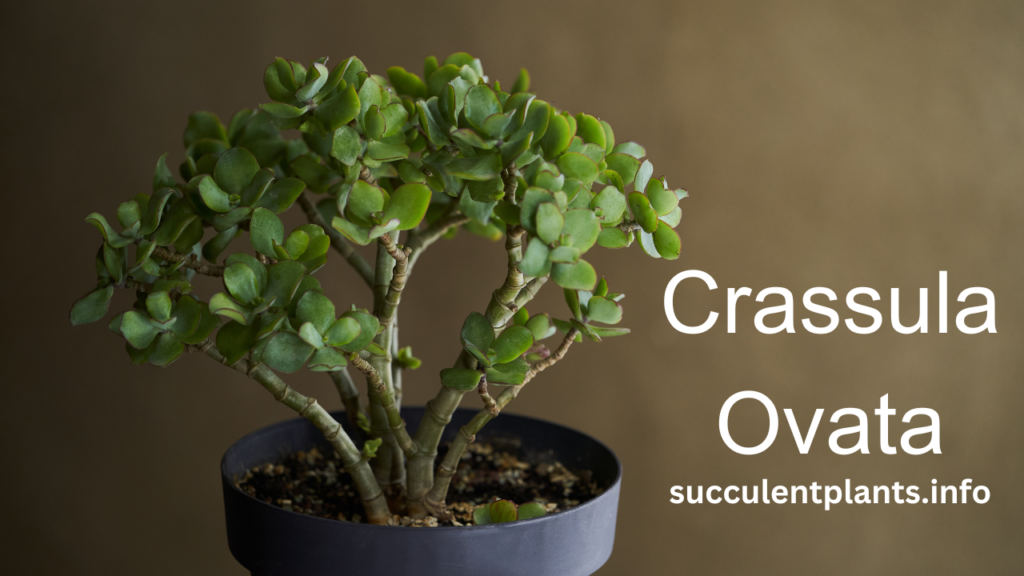
The Crassula ovata, commonly known as the jade plant, money plant, or lucky plant, is a succulent native to South Africa that has become a beloved houseplant worldwide. Its popularity stems from its low-maintenance nature, unique appearance, and symbolic meaning. In this blog post, we’ll delve into the world of the jade plant, covering everything from its care and propagation to its cultural significance and interesting facts.
What is a Jade Plant?
The jade plant is a succulent shrub with thick, oval-shaped leaves that resemble jade stones, hence its nickname. It can grow up to 3 feet tall and has a lifespan of decades with proper care. Its small, star-shaped flowers, usually pink or white, bloom in clusters during the spring and summer months.
Is the jade plant (Crassula ovata) poisonous?
Yes, the jade plant is mildly toxic to humans and pets if ingested. However, it’s rarely consumed in large enough quantities to cause serious harm.
How often should I water a Crassula ovata?
Jade plants are drought-tolerant and should only be watered when the soil is completely dry. Overwatering is the most common mistake made by jade plant owners.
Does the jade plant bring good luck?
In many cultures, the jade plant is considered a symbol of good luck, prosperity, and abundance. It’s often gifted as a housewarming present or kept in businesses to attract wealth.
Caring for Your Crassula ovata
Jade plants are relatively easy to care for, making them ideal for beginner plant owners. Here are some basic tips:
- Light: Jade plants need bright, indirect sunlight. Avoid placing them in direct sunlight, as this can scorch the leaves.
- Water: As mentioned earlier, water your jade plant only when the soil is dry to the touch. Overwatering can lead to root rot.
- Soil: Use a well-draining succulent or cactus mix to prevent waterlogging.
- Fertilizer: Fertilize your jade plant once a month during the spring and summer months with a half-strength liquid fertilizer.
- Pruning: You can prune your jade plant to maintain its shape or encourage bushier growth.
Propagating Your Jade Plant
Jade plants are easy to propagate from stem cuttings or leaves. Here’s how:
- Stem cuttings: Take a 4-6 inch cutting from a healthy stem and let it callus for a few days before planting it in well-draining soil.
- Leaves: Remove a healthy leaf and let it callus for a few days before placing it on top of well-draining soil. Keep the soil moist but not soggy.
The Cultural Significance of the Jade Plant
The jade plant has been used in traditional medicine for centuries. It’s believed to have anti-inflammatory, antioxidant, and wound-healing properties. In some cultures, the jade plant is also used in rituals and ceremonies to bring good luck and prosperity.
Interesting Facts about the Jade Plant
- The jade plant is said to be over 2 million years old.
- The largest jade plant in the world is located in California and is over 50 years old.
- The jade plant is a popular bonsai subject.
Conclusion on Crassula ovata
The jade plant is a versatile and rewarding houseplant that anyone can enjoy. With its low-maintenance nature, unique appearance, and symbolic meaning, it’s no wonder the jade plant has become a beloved houseplant worldwide. So, if you’re looking for a beautiful and easy-to-care-for plant to add to your home, the jade plant is a perfect choice.